Knowing how to prune hydrangeas is actually such an important part of keeping these beautiful plants gorgeous throughout their blooming season.
Hydrangeas are often foundational shrubs commonly found in gardens. Their blooms are large, striking in color, and they can form an attractive feature in front of a home, a walkway, or any other landscape. To get the best flowers out of your hydrangea, you need to prune it. However, this also means you need to know how to prune them successfully, and we have the steps you should follow to take care of your blooming flowers.
Getting Ready to Prune
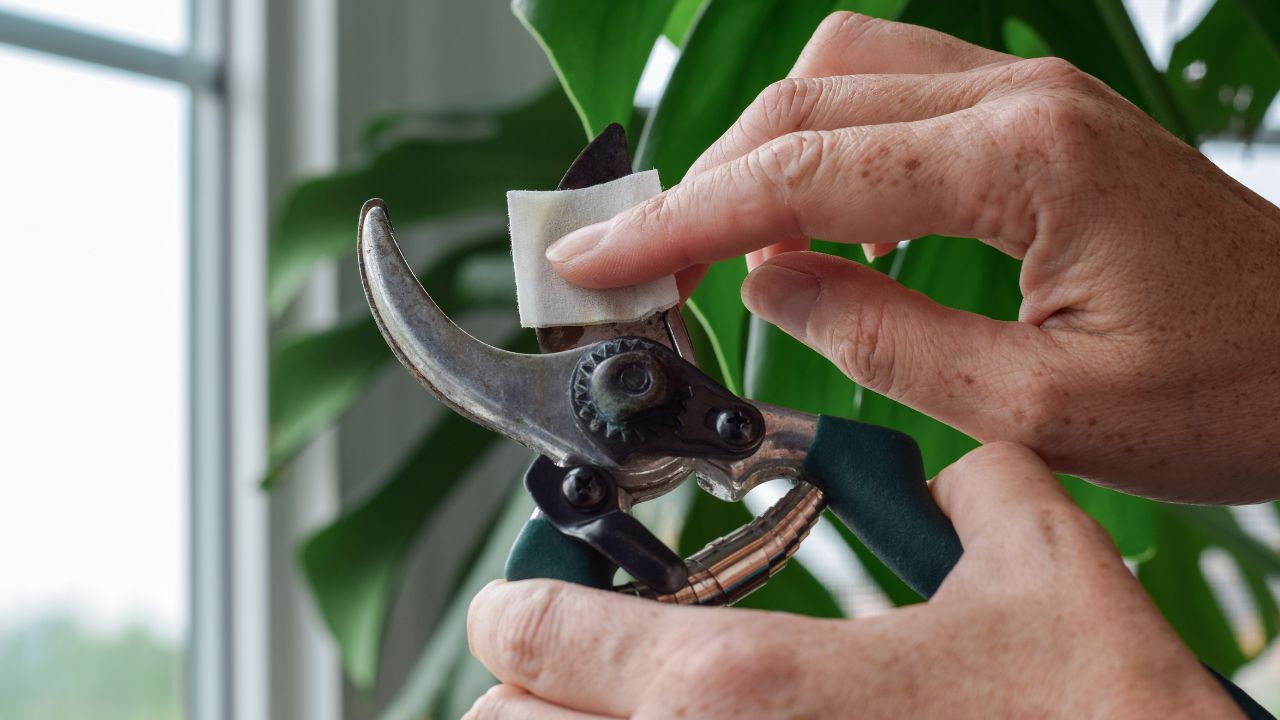
Image Credit: Shutterstock.
Many people are anxious about pruning their plants and are unsure of the best way to approach it. If you’re new to plants, hydrangeas are a good one to start with. They make great focal points in the garden and they don’t need a lot of care, apart from some minimal pruning and fertilizing.
Although there is some contention about when to prune old wood hydrangeas, the best time is at the end of summer. New wood hydrangeas should be pruned at the beginning of spring.
Hydrangeas don’t need much pruning, but you can shape and prune them to influence their flower growth. And of course, you should also prune to remove any dead branches or decaying blooms or flower buds that didn’t quite take off. You will often see more of this in late winter, as your plant is transitioning through the seasons, and this is when it’s a good idea to do a little trimming.
Tips on How to Prune Hydrangeas
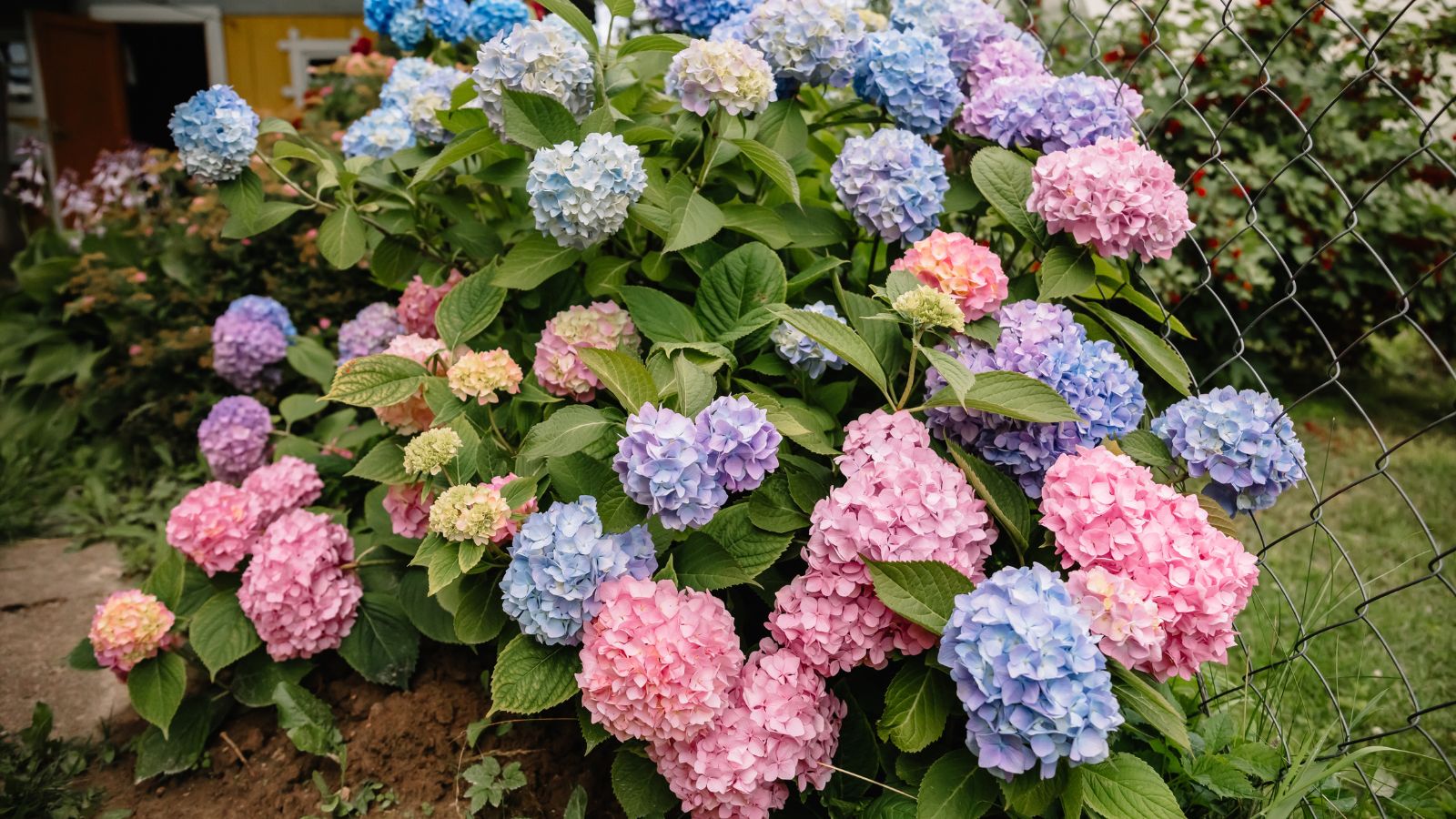
Image Credit: Deposit Photos.
Let’s first take a quick look at some tips for pruning this species. It’s essential to prune in the summer or late winter to early spring, depending on the variety (more on this later). When you cut, always cut away dead, brown, or weak stems and just prune the flowers from just above the new buds. It’s also important to prune frost-damaged stems to the first pair of buds.
When you’re pruning, shape the entire plant and take some time to stand back to get a better look, if needed as you work.
Here’s something else to keep in mid: when removing dead parts, you can’t really prune at the wrong time, however, there are some ideal times for certain types of pruning and shaping.
When To Prune Old Wood Blooming Hydrangeas
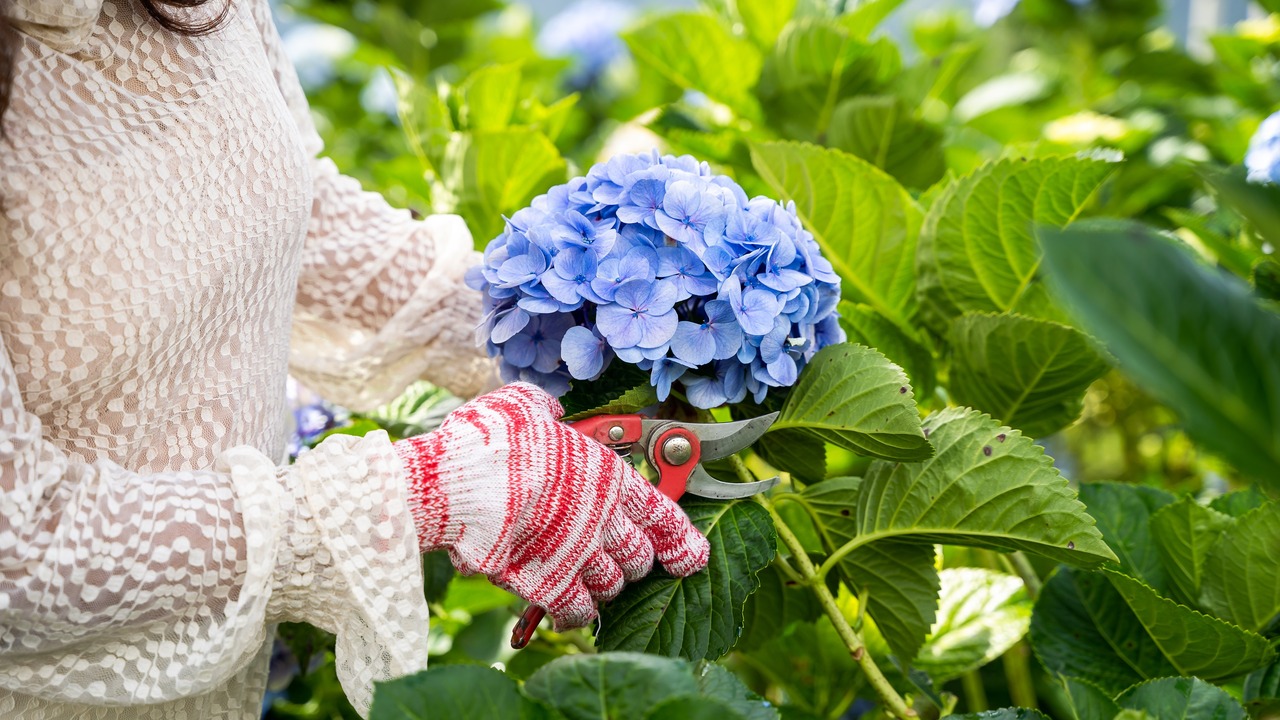
Image Credit: Shutterstock.
Mophead hydrangeas are the most commonly known type of hydrangea with their big purple-blue or pink flower heads. Lacecap hydrangeas have a round central disc of shorter flowers with a frill of showy flowers. These two types of hydrangeas are known as Bigleaf hydrangeas, and they bloom on old wood or last season’s wood. This is important as it affects pruning techniques.
Some expert gardeners advise pruning just after the plants have finished flowering at the end of summer, but others argue that the end of summer is not ideal. What has happened in a previous season and how you prune and prep can affect the next season.
A few experts say leaving the dead flower heads on the plant through winter protects the underlying branches and developing buds from late frosts or cold snaps. Gardeners subscribing to this view say it is best to prune bigleaf hydrangeas at the end of winter.
This argument makes considerable sense when considering that these hydrangeas begin setting buds for the coming season towards the end of fall. Unless you are confident about not cutting new buds, it is best to prune these hydrangeas after they bloom. I will leave this to your judgment and you can decide based on your own comfort level.
Oakleaf hydrangeas, climbing hydrangeas, and mountain hydrangeas also bloom on old wood. They should also be pruned at the end of summer or when the blooms have died off.
How To Prune Hydrangeas That Bloom On Old Wood
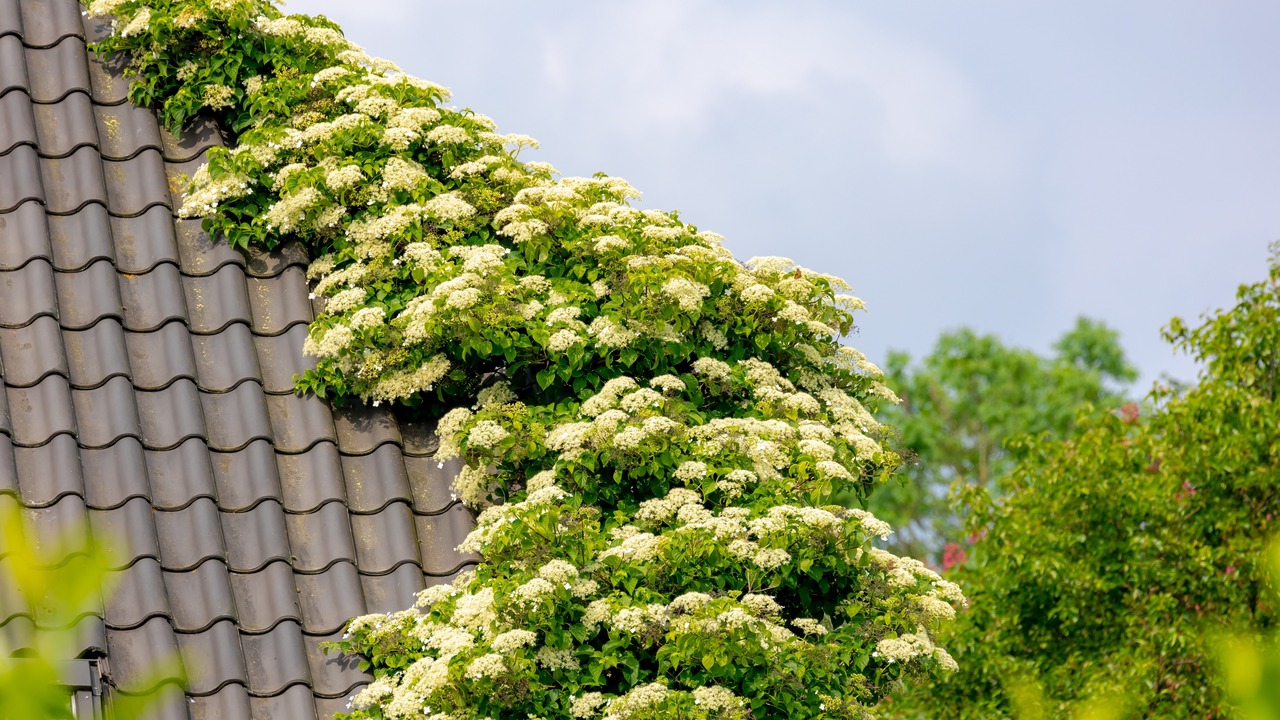
Image Credit: Shutterstock.
When dealing with hydrangeas that bloom on old wood, it is essential not to cut off stems that will produce the next season’s flowers. Here are the hydrangeas that bloom on old wood:
- Bigleaf hydrangea (H. macrophylla cvs., USDA Hardiness Zones 6–9)
- Climbing hydrangea (H. petiolaris), Z 5-7)
- Oakleaf hydrangea (H. quercifolia, Z 5–9)
- Mountain hydrangea (H. serrata, Z 6-9)
Some people believe that these hydrangeas don’t need pruning. The problem is the dead flower heads impair the growth of the new buds, and the plant becomes congested with dead plant material. This makes it look untidy and masks the current season’s blossoms.
Harsh pruning of these hydrangeas should be avoided, though. Just cut off dead, diseased, or broken branches. Remove the flower heads as they die to keep the bush looking tidy. If you choose to cut off old wood, look for thin, weedy stems or ones several seasons old and cut them off at the base. This will encourage new stems or canes to form in the spring.
Do not prune more than 30% of the hydrangea bush as it will suffer from stress, resulting in it not flowering and struggling for the next few seasons. In severe conditions, it may die if you cut it back too much.
Bigleaf hydrangeas are vulnerable to the cold, and severe pruning combined with cold may be too much for the plant.
When To Prune New Wood Hydrangeas
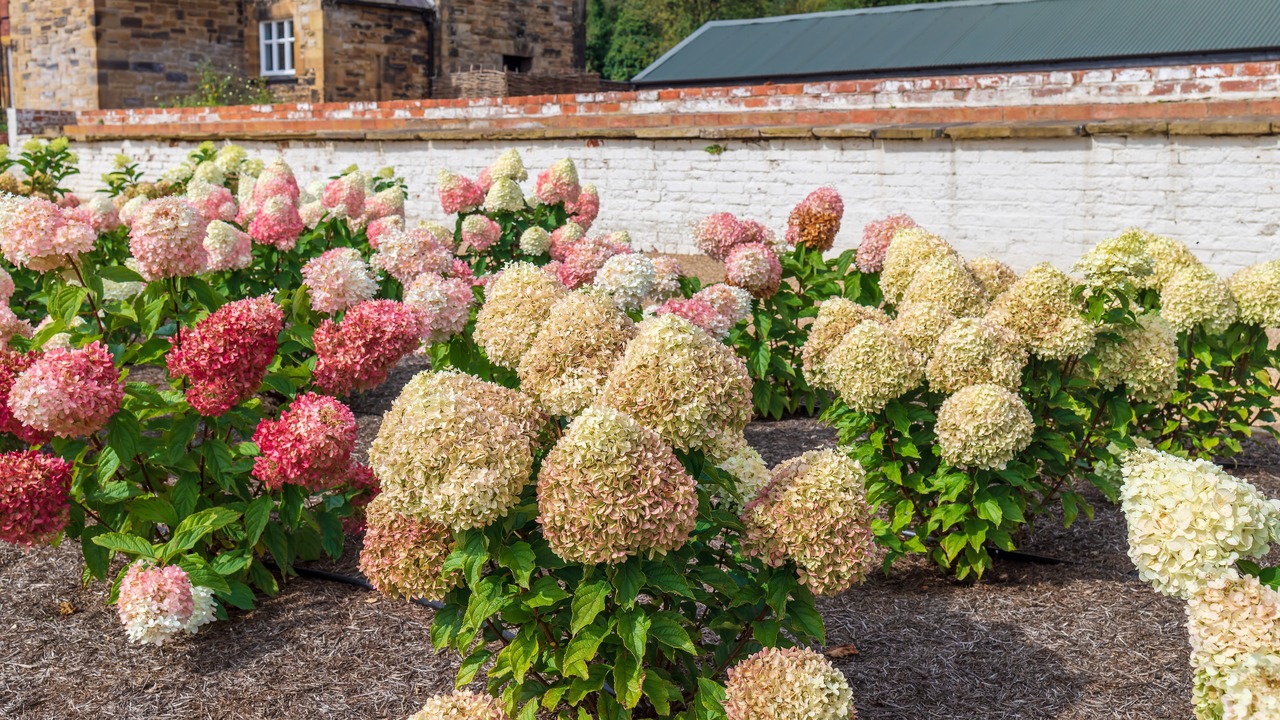
Image Credit: Shutterstock.
Not all hydrangeas bloom on old wood. Some, like the ones below, will bloom on new wood:
- Panicle hydrangea (H. paniculata and cvs., Z 4–8)
- Smooth Annabelle hydrangea (H. arborescens and cvs., Z 4–9)
These plants blooom later because they need to grow and set buds in the same year that they bloom. They can begin in midsummer and then continue until the first frost, depending on your specific climate and the conditions they are being grown in. They can also be more forgiving if you do not prune at a specific time. The key is just to not prune when the flower buds are first opening.
So, when should you prune hydrangeas that bloom on new wood? For hydrangeas that bloom on the current year’s growth, it is usually advised to cut them back in the late winter or early spring, before any new growth begins.
How To Prune Hydrangeas That Bloom On New Wood
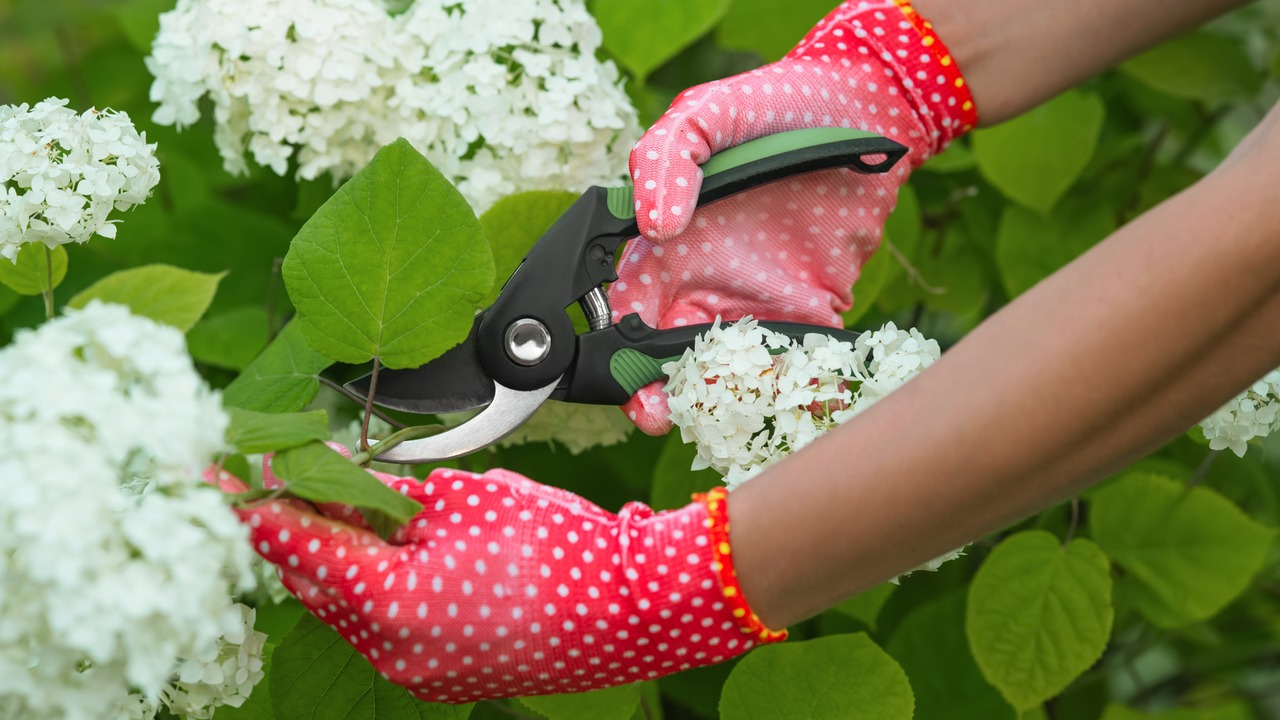
Image Credit: Shutterstock.
Cut each branch back by approximately one-third to encourage new stems to form. Choose a place on the cane just above a node when cutting. Cut away any weak, broken, diseased, or thin branches. These hydrangeas benefit from relatively severe pruning, but it is important to know how much your prune can affect the flowers.
A harsh pruning on smooth hydrangeas involves cutting the branches to fifteen or sixteen inches above the ground. This approach will result in fewer flowers, but they will be larger. The shorter stems will hold up the flowers better than if these large blossoms grow on a longer cane.
A light pruning of smooth hydrangeas will result in more flower heads, but they will be smaller. A similar result can be obtained with panicle hydrangeas. However, it is important to trim out any thin stems if you aim to grow big flower heads. The thicker stem framework will support the blooms better.
Pruning Tall Hydrangeas
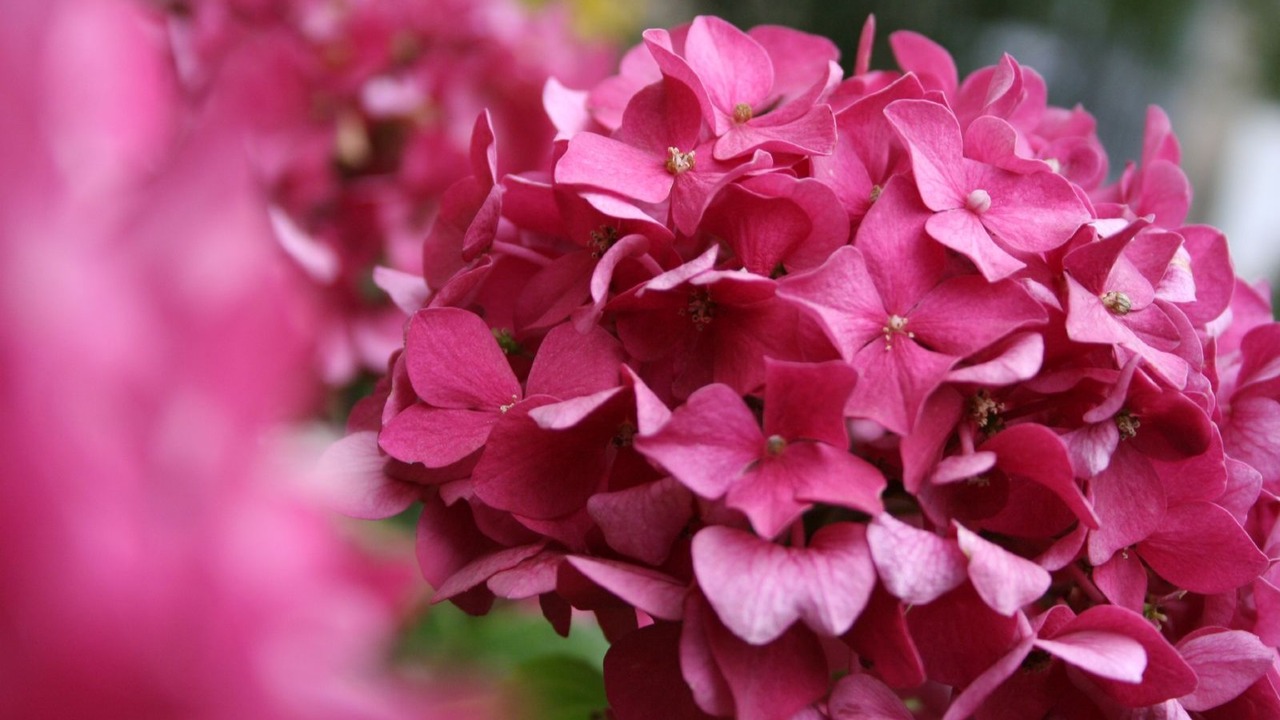
Image Credit: Luca Nebuloni -/CC BY 2.0.
The Best Tools to Use
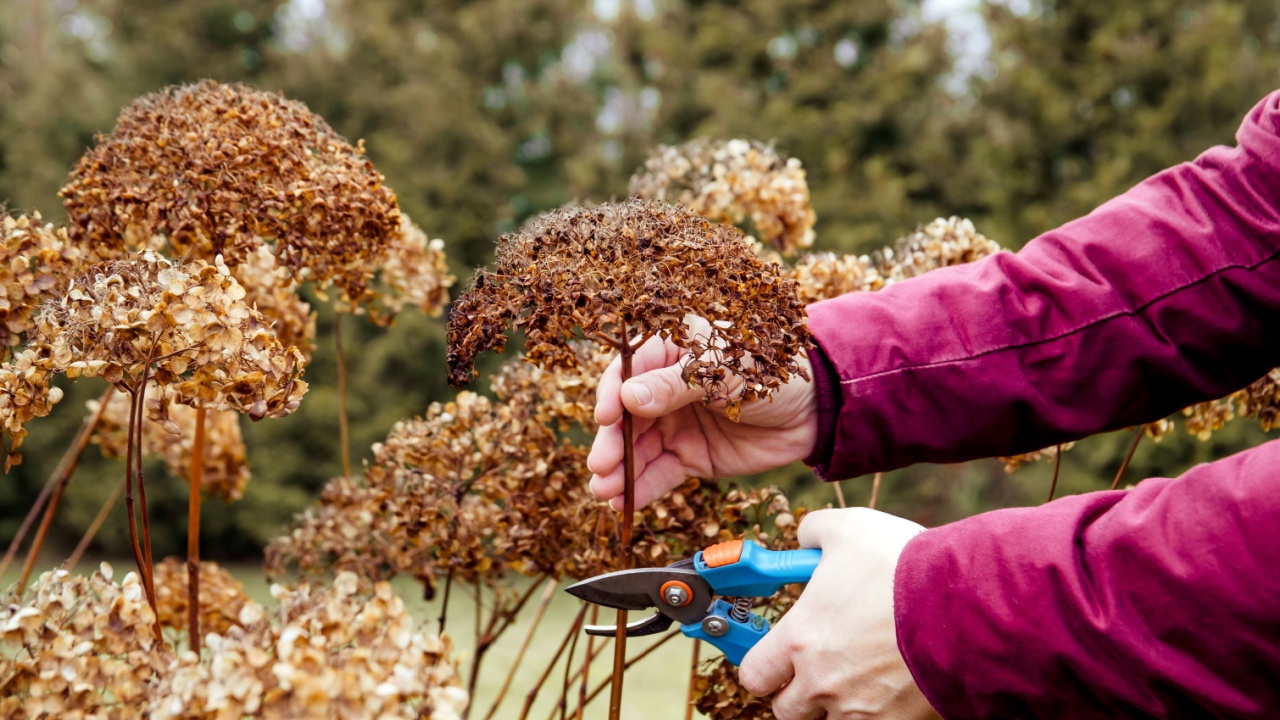
Image Credit: Shutterstock.
Beautiful Blooms
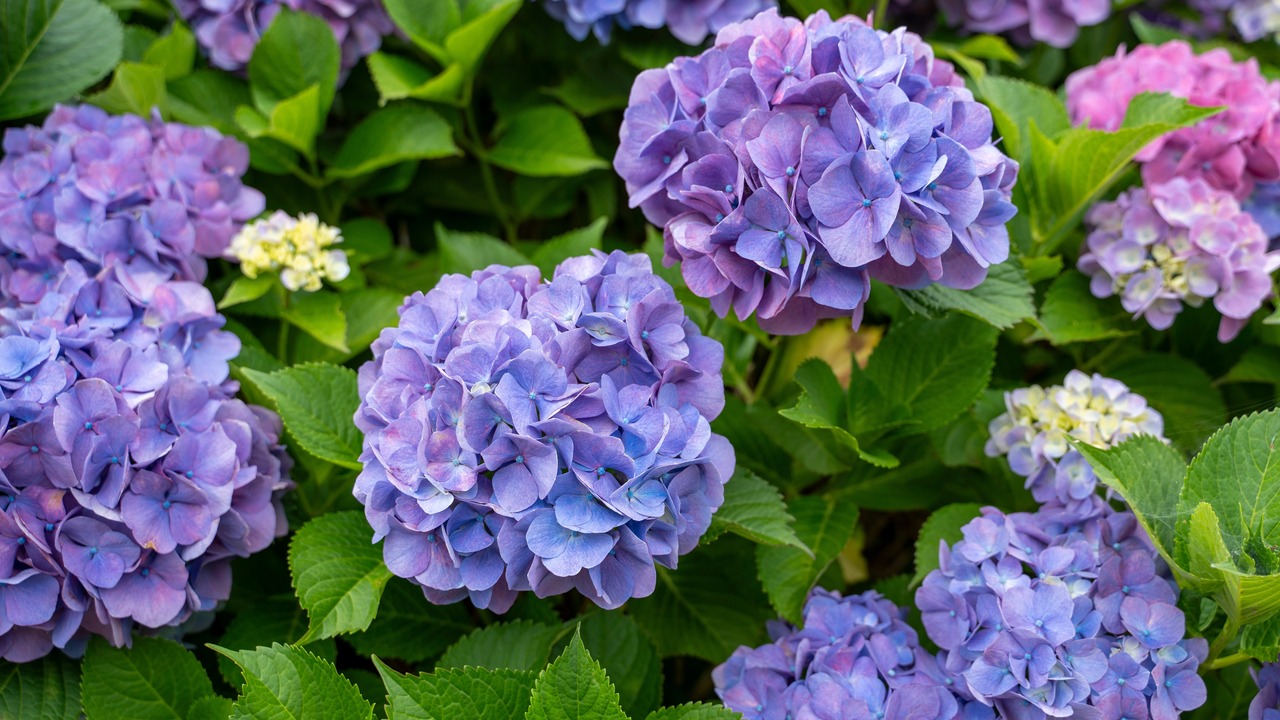
Image Credit: Shutterstock.
It’s easy to see that there are several steps to pruning and maintaining your hydrangeas to keep them in the best possible condition. Hydrangeas do not need heavy pruning, but they need deadheading and light pruning to prevent the plant from becoming congested. Pruning to influence shape and flower production can be done for the overall appeal of the plant.
Weak hydrangeas that are not thriving can be helped by removing dead and weak canes to stimulate new growth. Use sharp bypass pruners when pruning hydrangeas.
Do you have any additional tips to share with our post on this topic? We’d love to hear it in the comments.

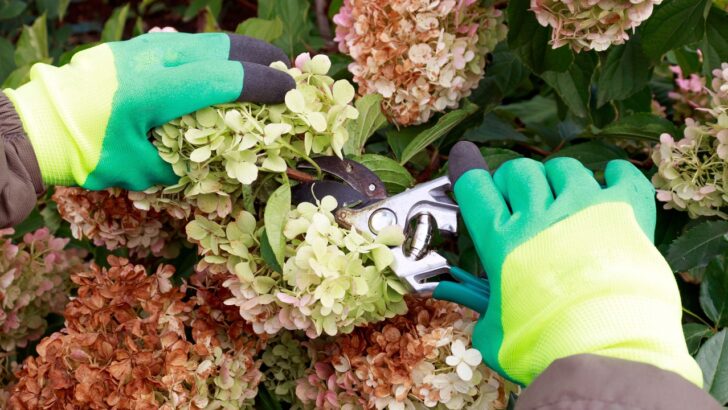

The Complete Guide To Growing Stunning Annabelle Hydrangea Flowers
Thursday 22nd of June 2023
[…] tips for pruning hydrangea plants […]
Beautiful Red Flowering Shrubs That Make Your Landscape Pop
Tuesday 28th of February 2023
[…] how to prune hydrangeas […]
How To Prune A Hibiscus - 5 Ways To Trim It For Gorgeous Flowers
Sunday 15th of January 2023
[…] How to prune hydrangeas […]
How To Prune Tomato Plants - A Simple, Straightforward Guide
Friday 13th of January 2023
[…] How to prune hydrangeas […]
How To Prune Roses To Keep Them Blooming Beautifully
Sunday 20th of November 2022
[…] How to prune hydrangeas […]